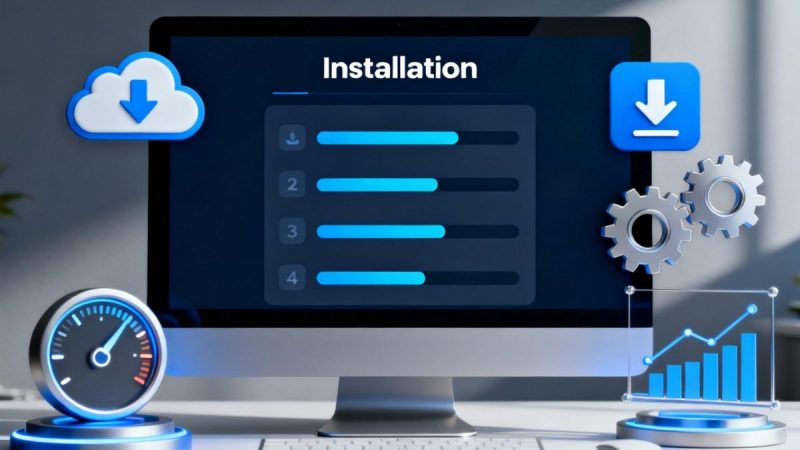What Is Video Feedback Software: Definition, Benefits, Use Cases, & More

Thanks to the Digital Revolution, businesses can access thousands of software solutions. These solutions enable them to reach their goals more efficiently. One of them is video feedback software. However, many businesses and organizations postpone adopting it because they can’t truly understand its value.
How do you decide whether to use this tool or not then? Here is everything you need to know about video feedback software, including standard features and real-life use cases.
Video feedback software definition
Before you understand the video feedback software basics, you need to brush up on your knowledge of feedback. Feedback refers to information about someone’s performance, reactions to a product, and so on. This information is often used to make necessary improvements to delight customers and clients or achieve various other goals.
Video feedback software is a platform built to facilitate capturing, analyzing, and sharing feedback videos. It’s often a centralized platform that enables an organization to get in touch with consumers and allows them to record and upload feedback videos hassle-free.
Benefits
If you are deciding whether to use a video feedback tool or not, knowing the benefits it offers can help you make the right decision.
First of all, this type of tool can help you save precious time. You can forget about micromanaging video feedback across different channels, which is quite time-consuming. With a video feedback platform, you can do everything from one screen and save countless hours, not having to collect videos one by one.
You will also be able to include video feedback as a standard process in your operations. Whether you are in the online learning industry or want to collect feedback from your customers, with this software, you will make it easy for everyone to capture and share video feedback.
Finally, with this software in your tech stack, you can centralize all your feedback videos and keep them in one location. It will enable you to quickly analyze the videos, identify key areas that need improving, and allow your clients to easily find and access videos, whether they are using desktop computers or mobile devices.
Standard features to look for
Before you start using a video feedback platform, you should know that not all solutions are the same. Most often, you will find they differ in the features they offer to their users. Here are the standard features to look for in this type of software.
First and foremost, the cutting-edge tools in this software category are all cloud-based. It really helps streamline recording videos and keep them in one location for later use.
These platforms also usually have straightforward recording features. Users can easily record videos and upload them to remote storage. The multi-camera support is also paramount as you need to enable everyone who wants to use it to be able to record a video without having to install any additional software or drivers.
For online learning, the most important features include live, guest, and peer reviews, time-coded multimodal feedback, customizable rubrics, and notifications.
This covers the basic standard features to look for in these tools. You should always research more to ensure the platform’s capabilities match your organization’s goals.
Real-life use cases
While video feedback software has found use across many industries, we can divide all of its use cases into two categories. It’s most commonly used in B2C industries, such as the retail industry and the online learning industry.
This software has enabled companies in B2C industries to easily capture customer feedback. It helps them improve their services and products, share videos with prospects, and follow the best social proof practices.
Feedback videos have also proved valuable in marketing strategies as they can be shared across the most commonly used marketing channels, including social media and email.
Video feedback software has become extremely popular in the online learning industry. Educational institutions of all sizes and with different target audiences use it to empower confidence skills, motivate students to stay on track, and simplify skills-based learning.
It helps add that human touch to remote learning and allows teachers and students to build meaningful connections to bring actual change to online learning. Not to mention that it can help educational institutions develop a culture of collaborative assessment, thus engaging all enrolled students and providing them with means to achieve their academic goals efficiently.
Conclusion
Hopefully, you now understand what video feedback software is. As you can see, it offers game-changing benefits. These tools are used across organizations in B2C industries and the educational industry, especially in the online learning industry.
Given that video feedback tools reduce operational costs, streamline the recording and sharing of feedback videos, and facilitate access and analysis of videos, it’s safe to assume that the adoption rates of these tools will go up in the foreseeable future.






